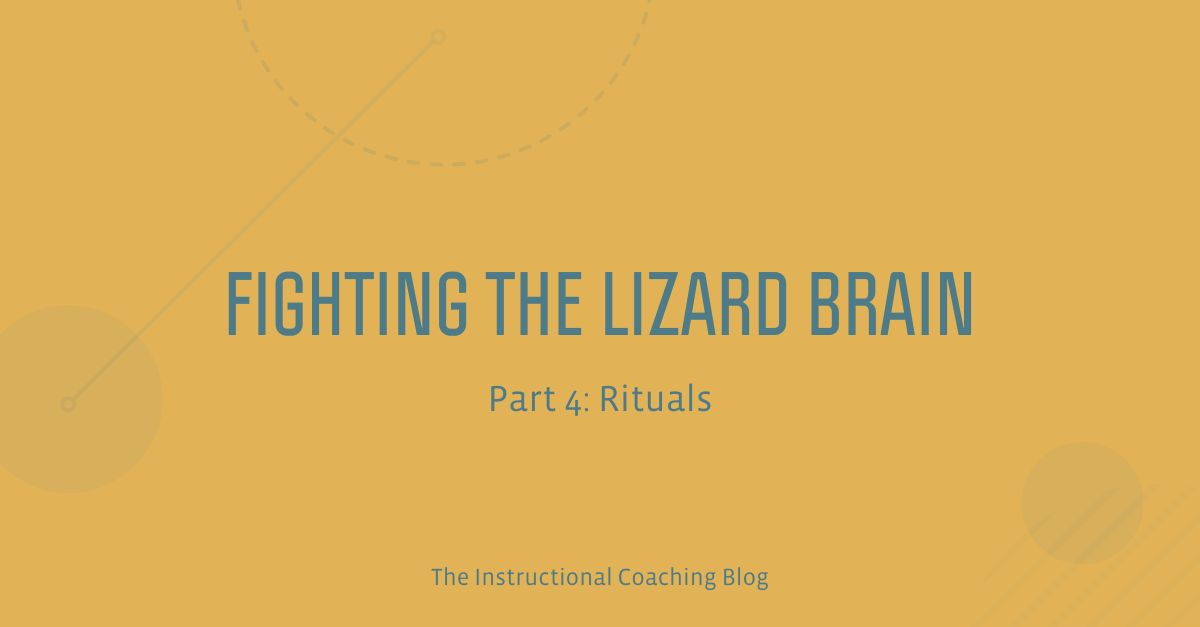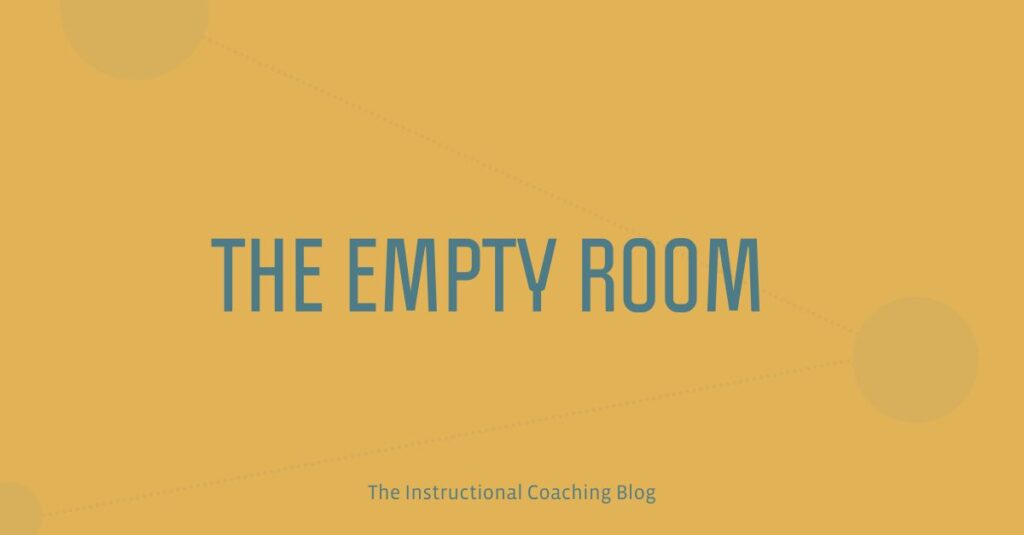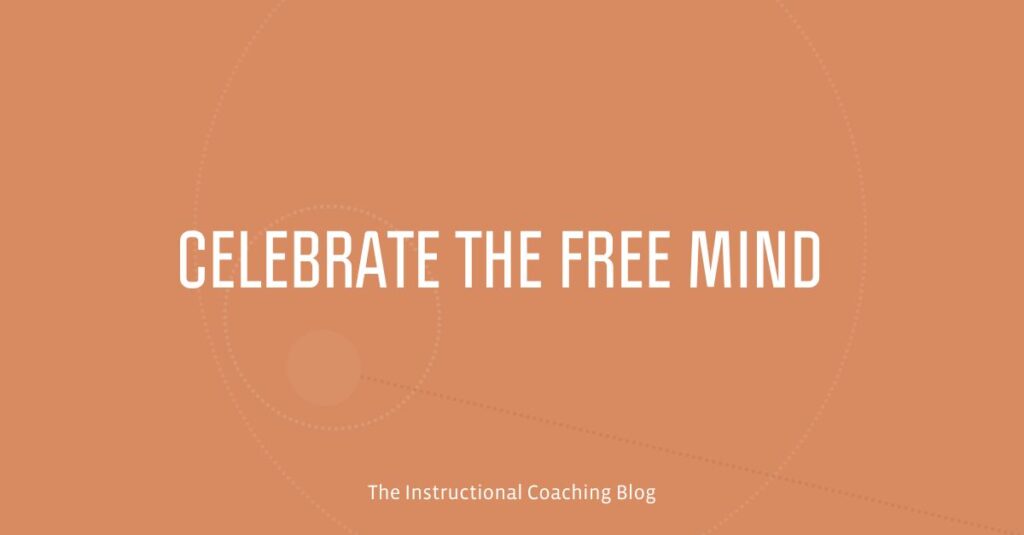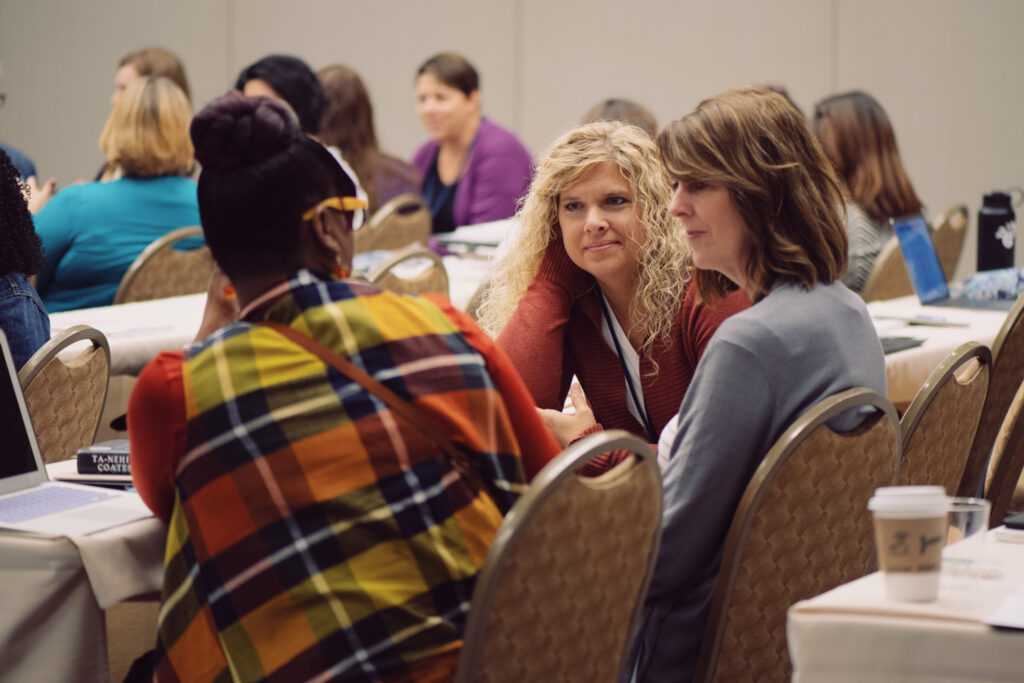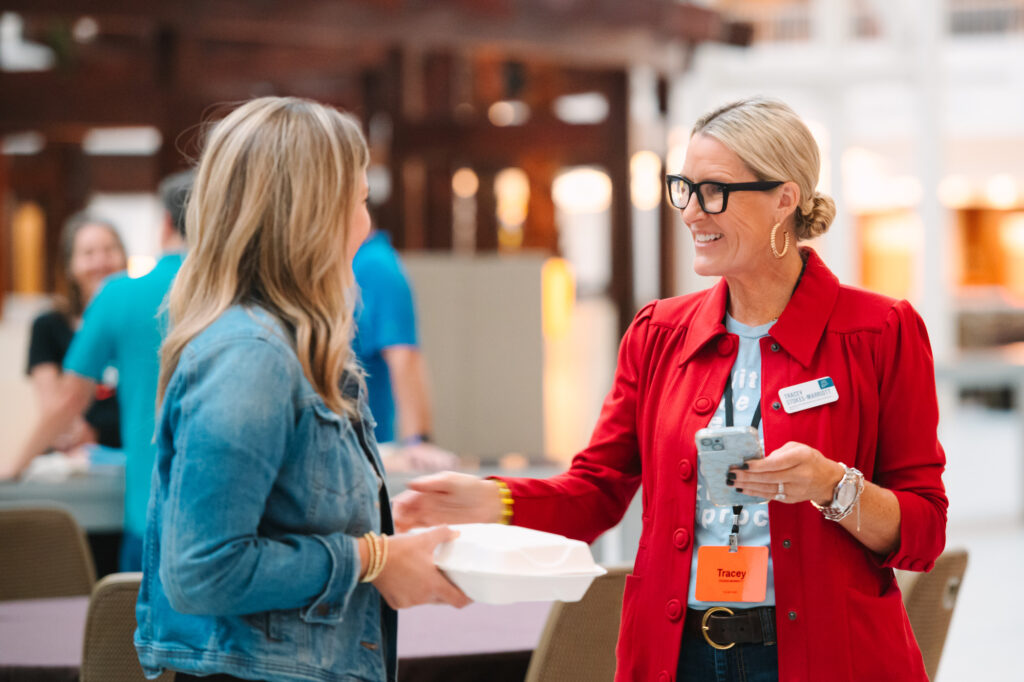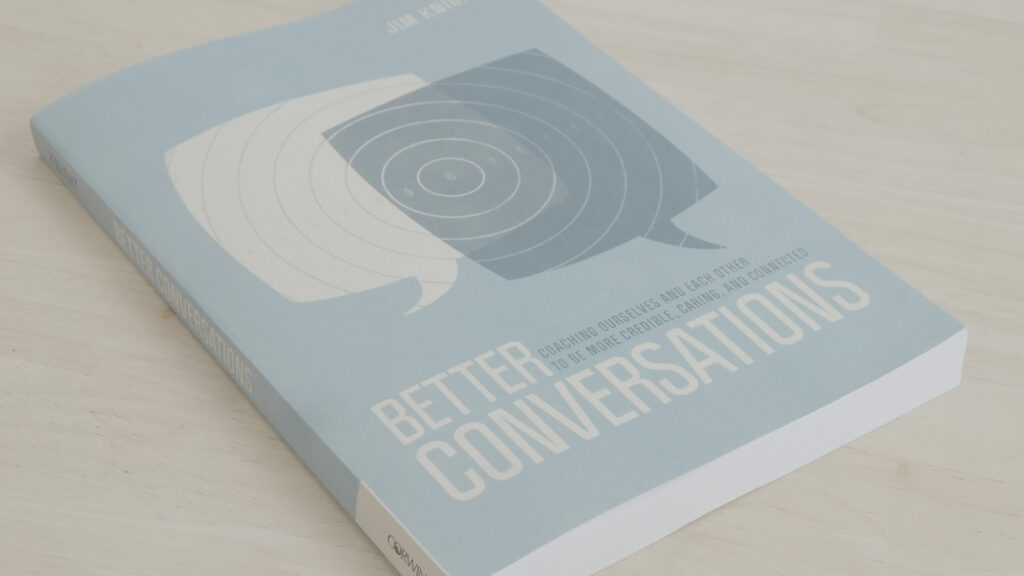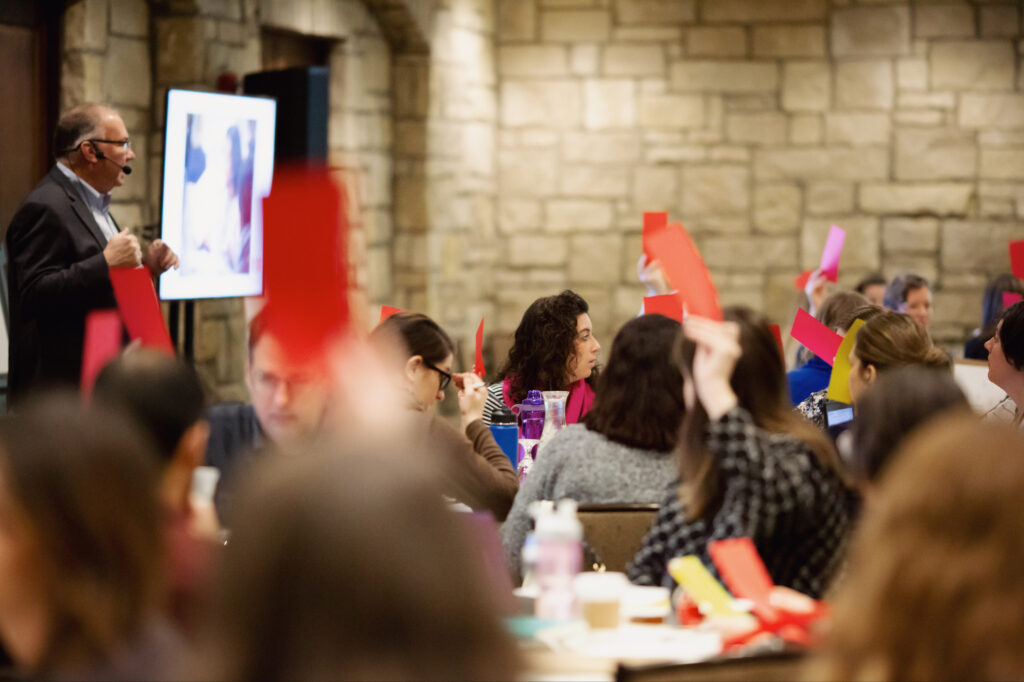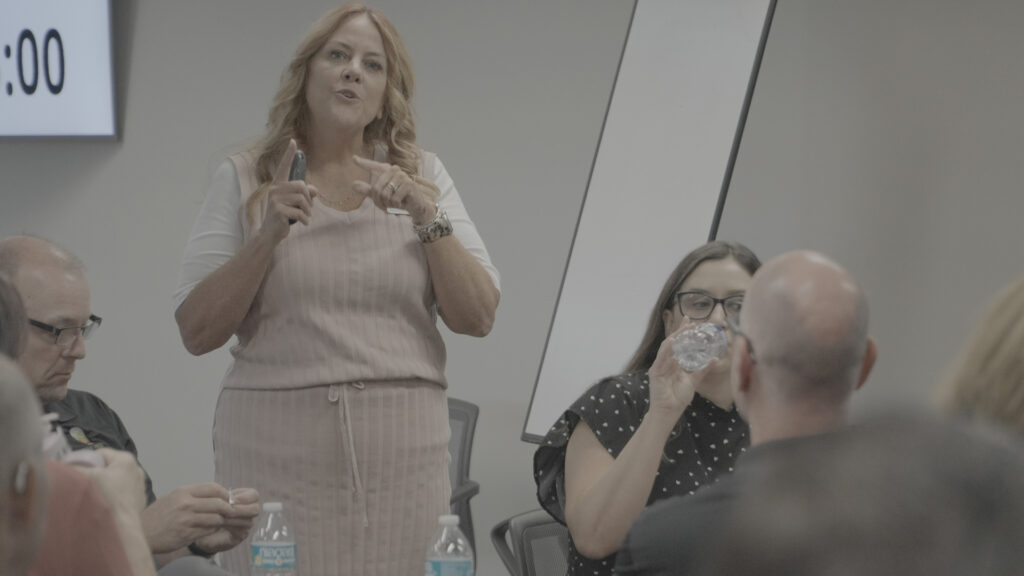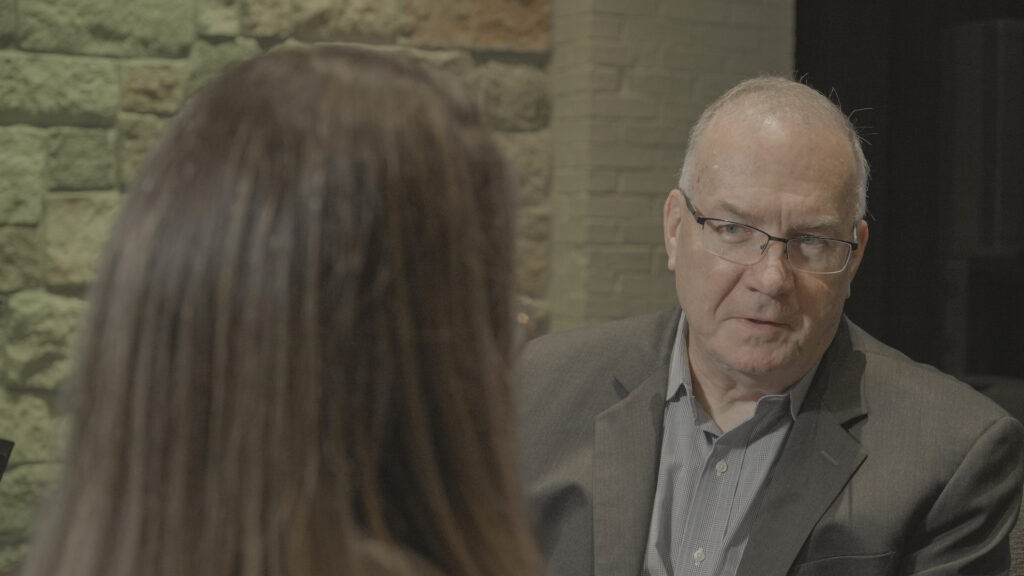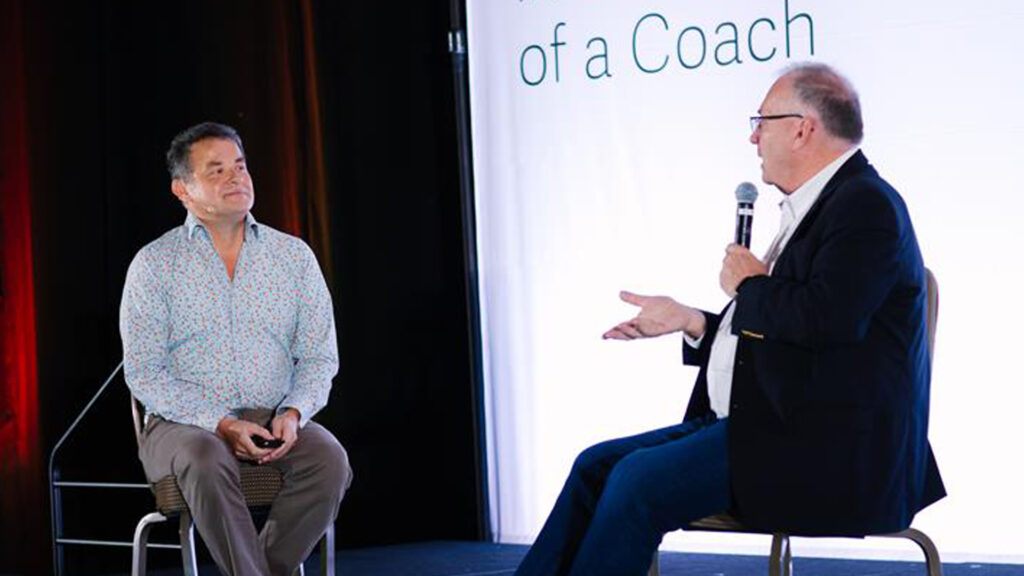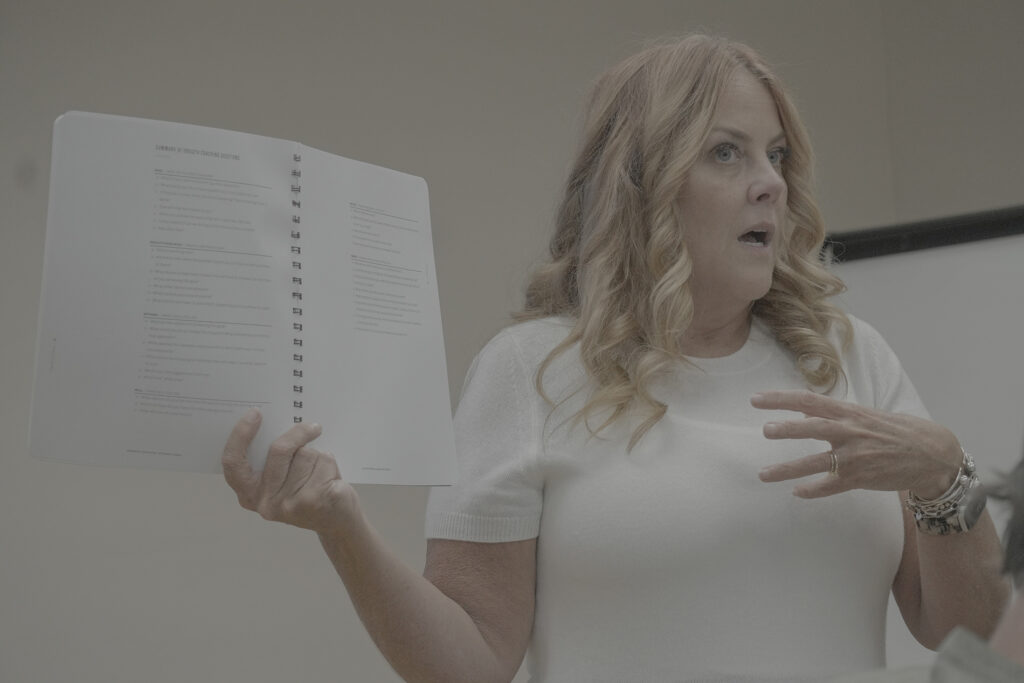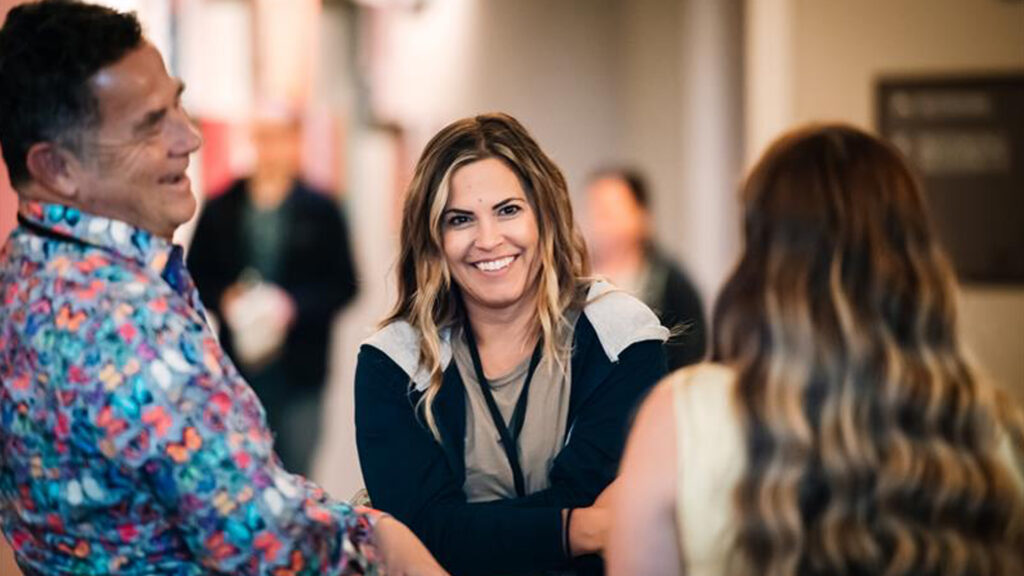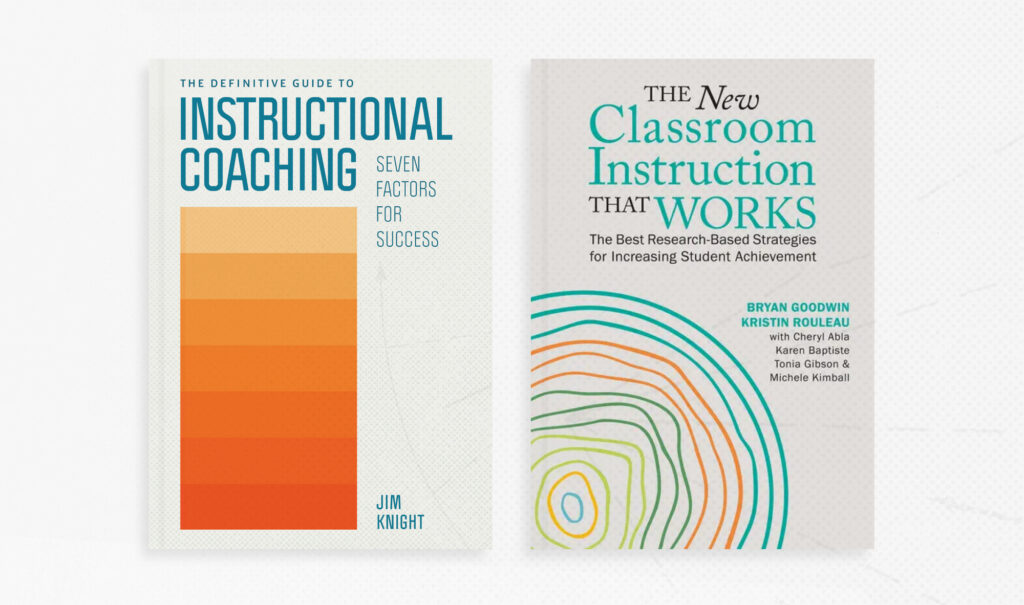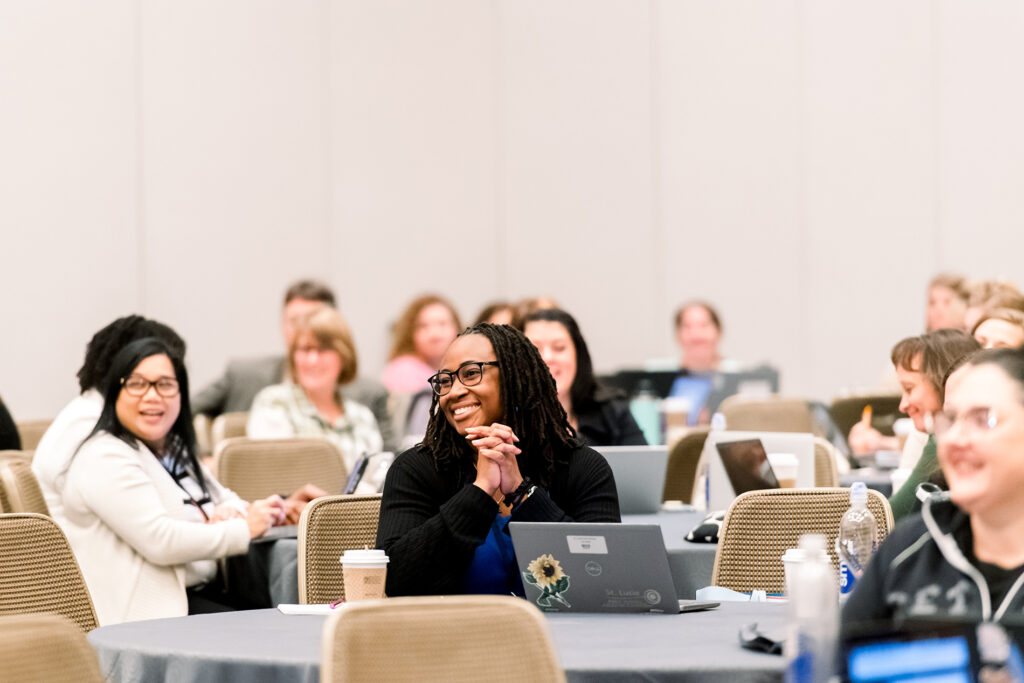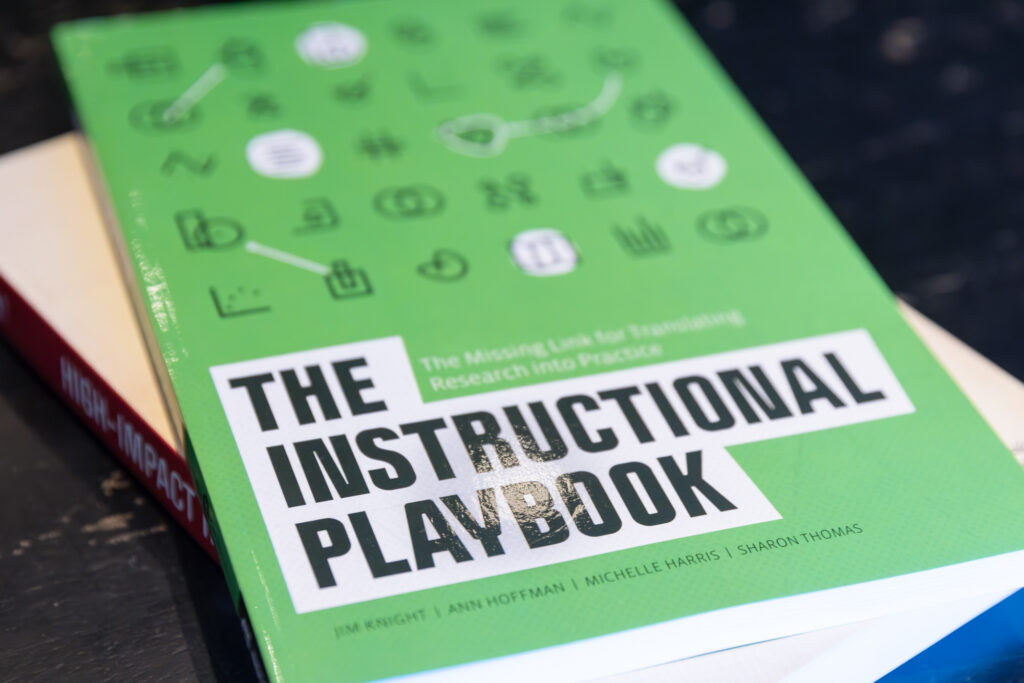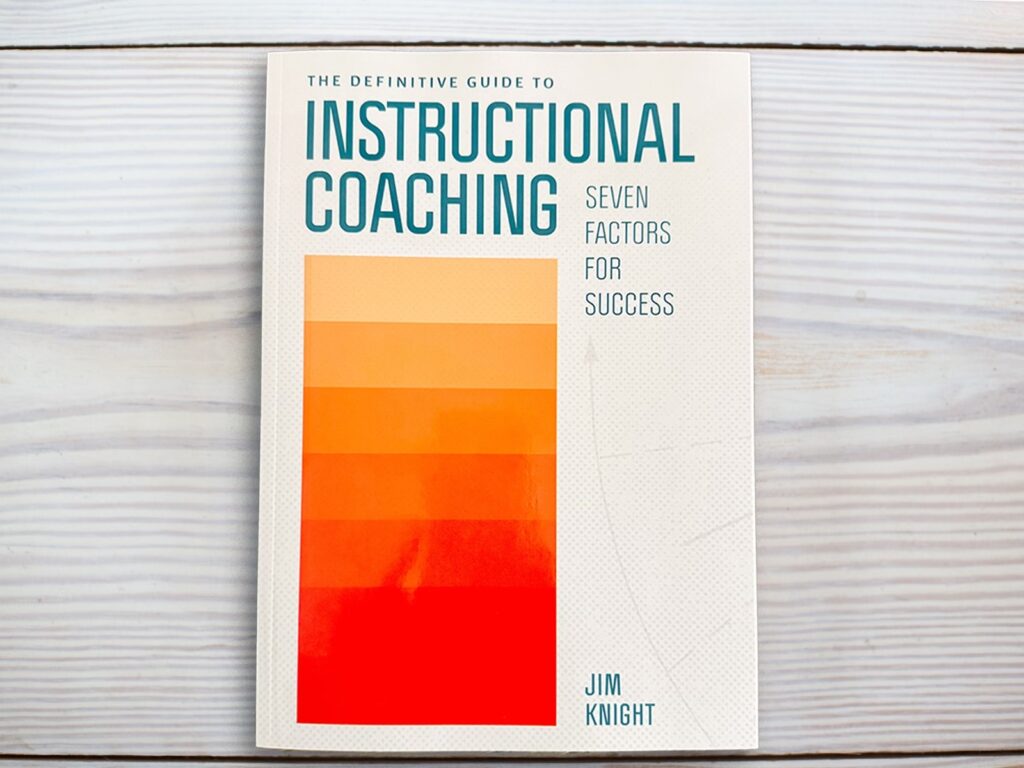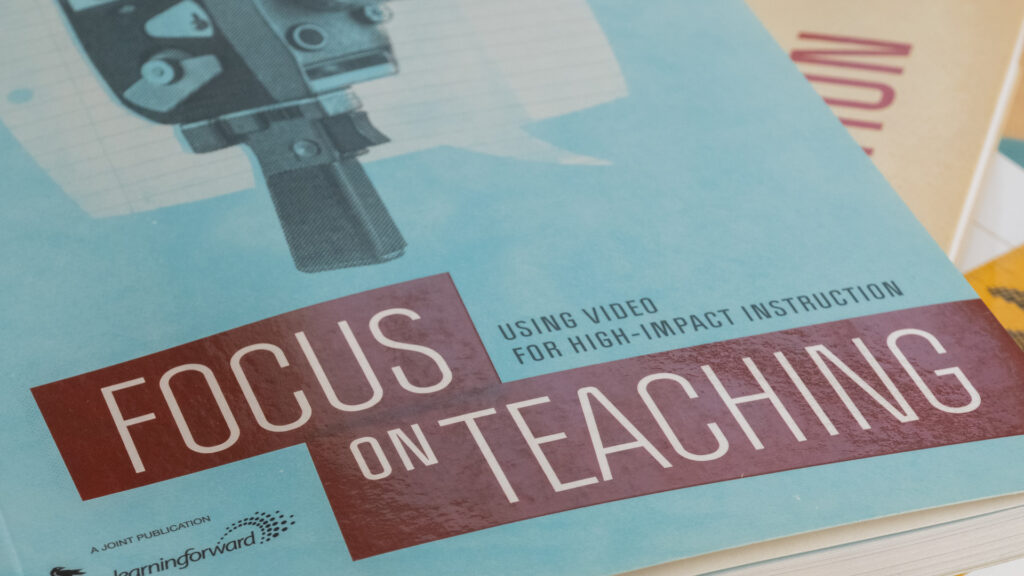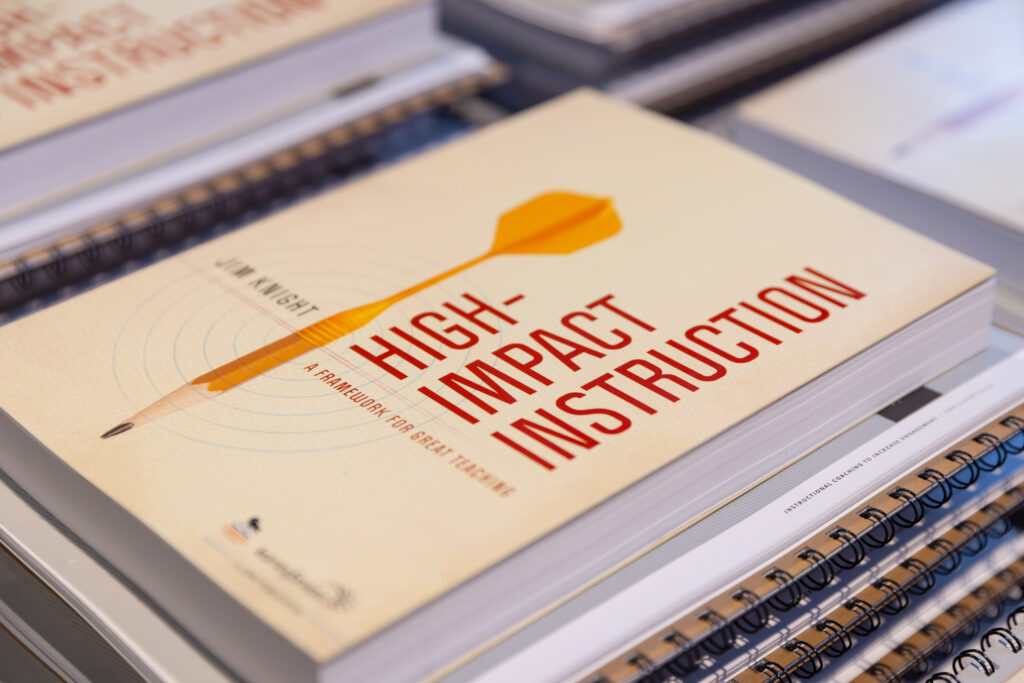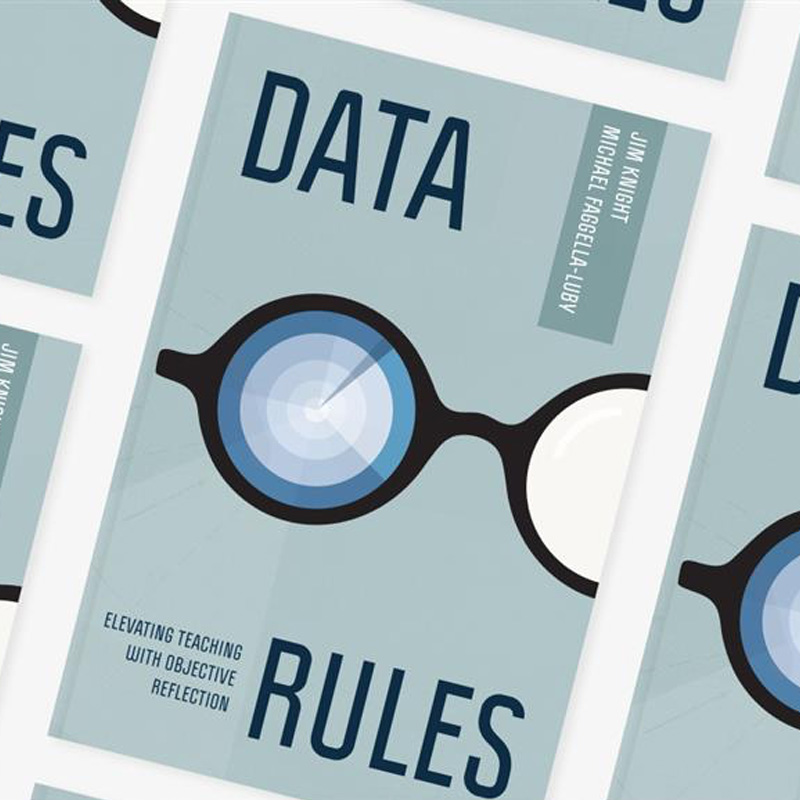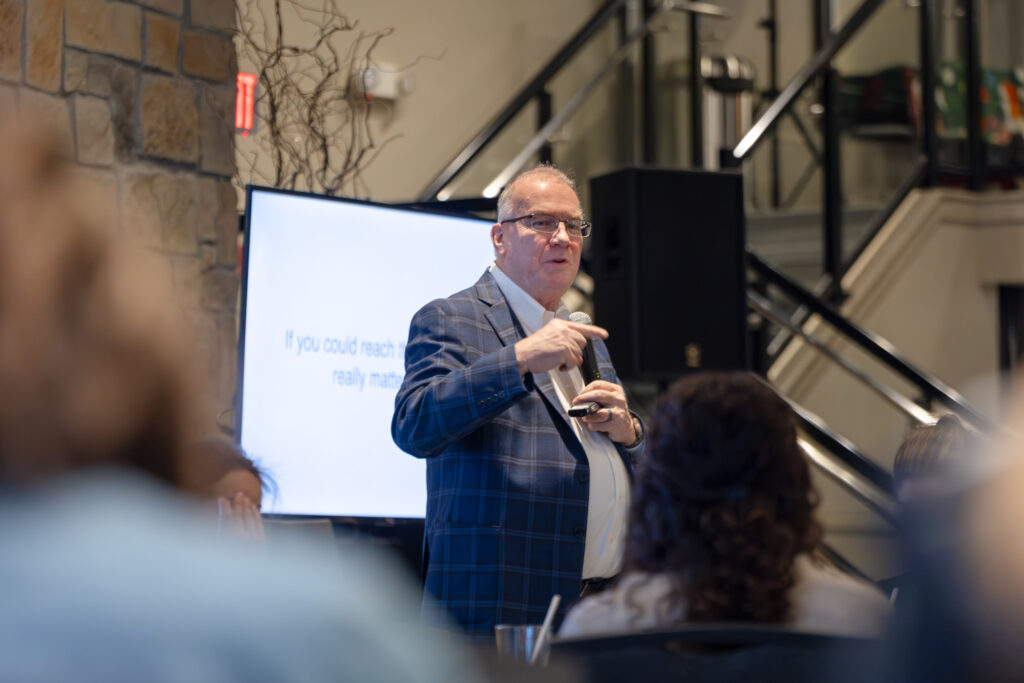The Resistance’s goal is not to wound or disable. Resistance aims to kill. Its target is the epicenter of our being: our genius, our soul, the unique and priceless gift we were put on earth to give and that no one else has but us. Resistance means business. When we fight it, we are in a war to the death. Steven Pressfield
So far in this series on fighting the Resistance, I’ve suggested that we can fight what Seth Godin calls the Lizard Brain, the toxic force inside us that holds us back from achieving our calling, by (a) writing a personal vision–a clear statement describing who we are and what we want to accomplish and (b) by establishing Big Hairy Audacious Goals, clear, important, easy to understand goals that are profoundly motivating, emotionally and intellectually.
Vision motivates us to fight the resistance, and our goals provide what Heath and Heath describe in Switch as a destination post card, “a vivid picture from the near-term future that shows what could be possible.” So if we know our destination and we are motivated, then doing the creative work we are called to do should be easy, right? Of course not. Ask anyone who has tried to diet. Ask a writer who has cleaned her entire home top to bottom rather than confront the blank page on her computer. Ask a teacher who chooses to do the tried and true rather than stretch himself and try a new practice.
All of us, I suspect, have learned the hard way that a clear goal and real motivation are not enough. We try but we fail, and Pressfield believes, we fail because of the Resistance. It is the Resistance that stands between “the life we live, and the unlived life.”
A destination and motivation are essential, but more is necessary.
Practical advice on how to fight the Resistance comes to us from Loehr and Schwartz, who spent decades studying the habits of elite athletes. In their book, The Power of Full Engagement, the authors explain that we often fail to achieve our goals because we assume we can get to them just through will and discipline. The truth is, such an approach rarely works. Loehr and Schwartz explain that each of us only has a limited amount of willpower, just as our cars have a limited amount of fuel. What may happen if we rely exclusively on willpower to do some act, go the gym or write a new lesson plan, is that times will come when our “willpower tank,” so to speak, has been drained before we get to the task. Since we have spent our willpower, and there’s nothing in reserve, the creative act doesn’t get done. The authors explain it this way:
The limitations of conscious will and discipline are rooted in the fact that every demand on our self-control – from deciding what we eat to managing frustration, from building an exercise regimen to persisting at a difficult task – all draw on the same small, easily depleted reservoir of energy.
Instead of relying on will and discipline, the authors suggest we create and follow routines and rituals; we do routines because they become habitual, and not because we rely willpower. They write:
We use the word “ritual” purposefully to emphasize the notion of a carefully defined, highly structured behavior. In contrast to will and discipline, which require pushing yourself to a particular behavior, a ritual pulls at you. Think of something as simple as brushing your teeth. It is not something that you ordinarily have to remind yourself to do. Brushing your teeth is something to which you feel consistently drawn, compelled by its clear health value. You do it largely on automatic pilot, without much conscious effort or intention. The power of rituals is that they ensure that we use as little conscious energy as possible where it is not absolutely necessary, leaving us free to strategically focus the energy available to us in creative, enriching ways.
Loehr and Schwartz point out that we all have rituals that we follow that require very little discipline, such as brushing our teeth. We don’t need will power to brush our teeth because it is simply something we do, almost without thinking. It is a habit, but an important one if you think personal hygiene is important.
We are better armed to combat The Resistance, then, if we create personal habits and routines that ensure we do what it is best for us to do. We will be more likely to hit the gym if we make it a habit to always go there right after school on our way home. And, we’ll be more inclined to do creative work in schools if we create similar rituals or experience. Here are just a few:
– Teachers can stay after school, or arrive early, to develop innovative lesson plans
– Principals can set aside a specific period each day when they will visit teacher classrooms (even if they have to take their laptops to do email while visiting)
– Coaches can set aside time each Friday afternoon to plan for the next week.
– Teams of teachers could meet at a coffee shop or bar weekly or monthly to share ideas or just to take a break together.
– Principals can set aside “sacred time” each day to do meet with teachers one-to-one or to observe classes.
– Principals can commit to co-teaching once a week, or every other week.
– Schools can establish routines that ensure teachers get to do lesson study or peer coaching.
There are many possible rituals. These are just a few. The important thing is to get started, to identify a creative goal and then make it a ritual. The more precise and specific your ritual, the more likely you’ll put the resistance in its place, and the more likely you’ll give voice to “the unique and priceless gift we were put on earth to give and that no one else has but us.”
